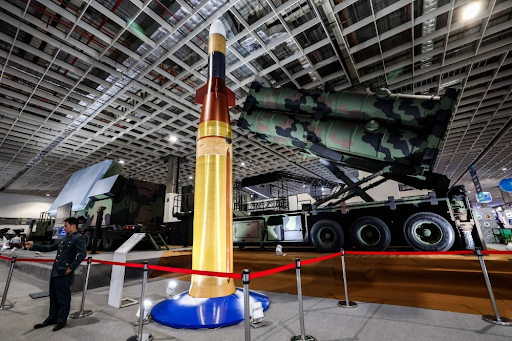




Copyright infringement not intended
Picture Courtesy: THE HINDU
Pakistani troops violated the LoC ceasefire in Jammu and Kashmir.
The Line of Control has its origins in the partition of the Indian subcontinent in 1947. When British India was divided into the independent nations of India and Pakistan, the princely states, including Jammu and Kashmir, were given the option to join either country.
Maharaja Hari Singh, the ruler of Kashmir, initially hesitated but eventually signed the Instrument of Accession to India following a Pakistani tribal invasion in October 1947.
The first Indo-Pakistani War broke out shortly after partition when Pakistan-backed tribal forces invaded Kashmir. India's intervention following the accession led to a full-scale war. The United Nations mediated a ceasefire that took effect on January 1, 1949, establishing what was originally called the Ceasefire Line (CFL).
The Ceasefire Line remained largely unchanged until the 1971 Indo-Pakistani War, which largely focused on East Pakistan (now Bangladesh). Following Pakistan's defeat, the Simla Agreement was signed in July 1972, which officially renamed the Ceasefire Line as the "Line of Control" and both countries agreed to resolve their differences bilaterally, without third-party intervention.

The Line of Control stretches approximately 740 kilometers from the northern regions of Ladakh to the southern Poonch district.

The Line of Control is one of the most heavily militarized borders in the world. Both India and Pakistan maintain substantial military presence along the boundary:
Since 2004, India has constructed a sophisticated fence along much of its side of the LoC. This barrier system includes:
The Line of Control is not an internationally recognized boundary but a de facto military line of demarcation.
Must Read Articles:
Line of Actual Control, Line of Control
Source:
|
PRACTICE QUESTION Q.Compare and contrast the nuclear doctrines of India and Pakistan . How does Islamabad's policy of "first use" affect strategic stability in South Asia? 150 words |







© 2025 iasgyan. All right reserved